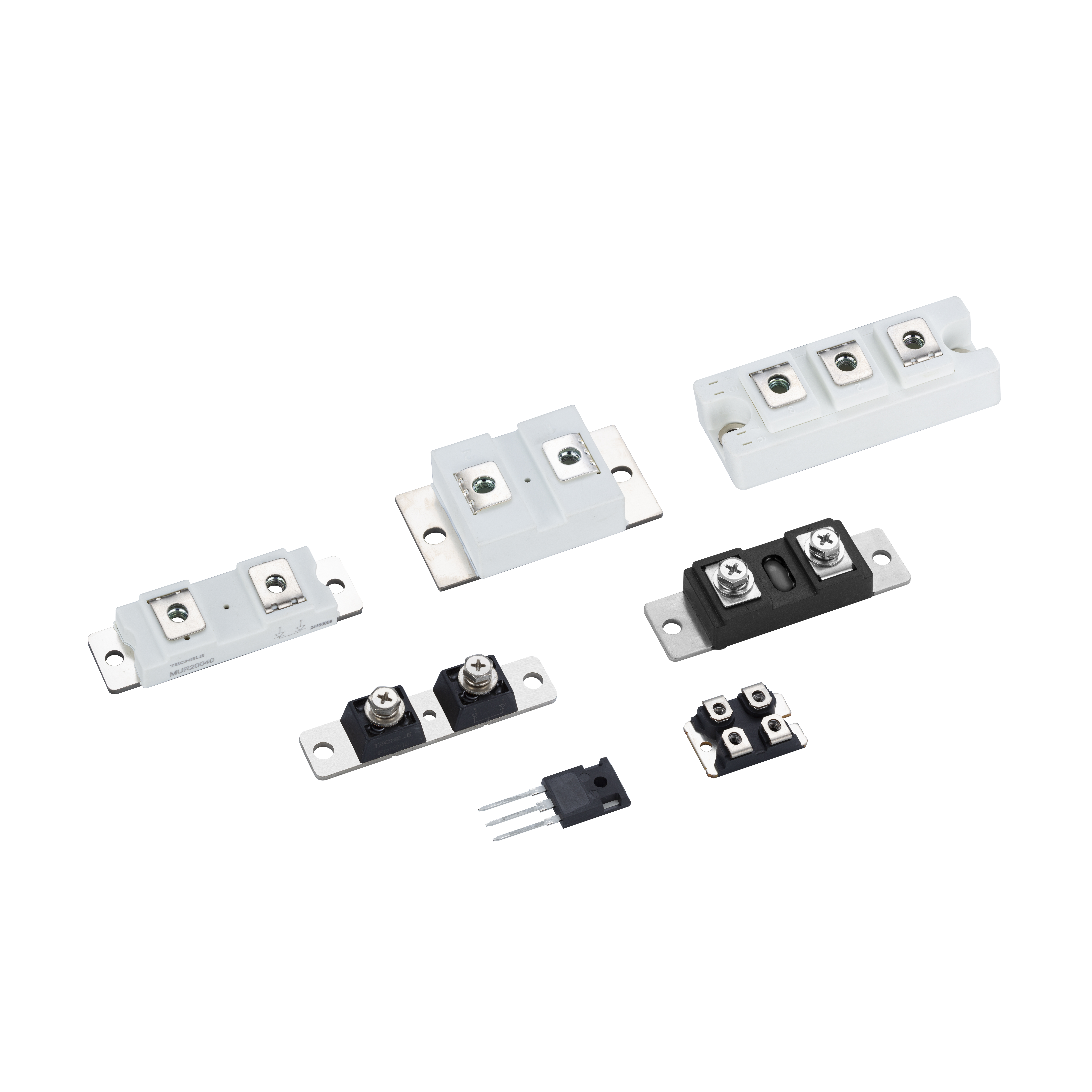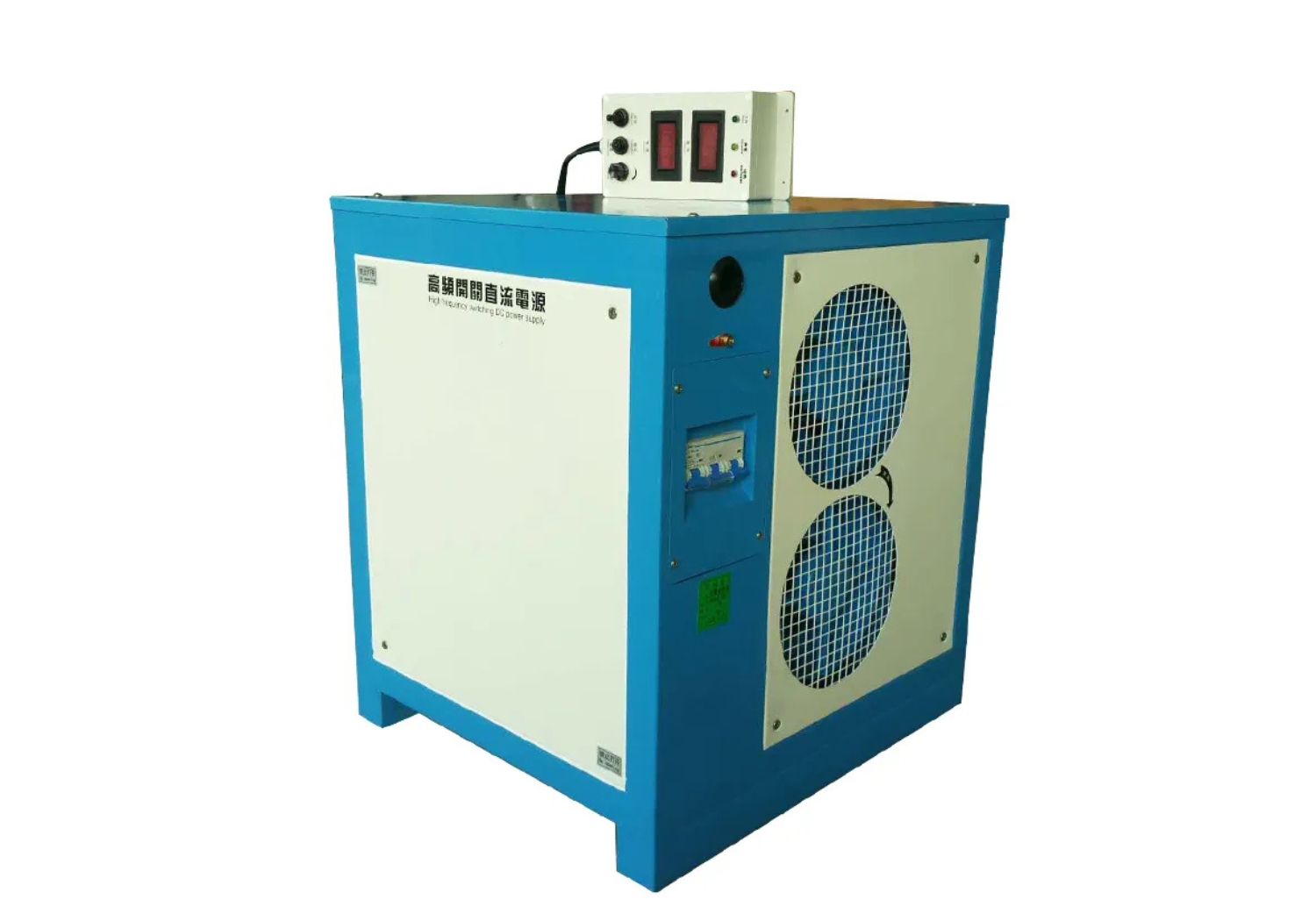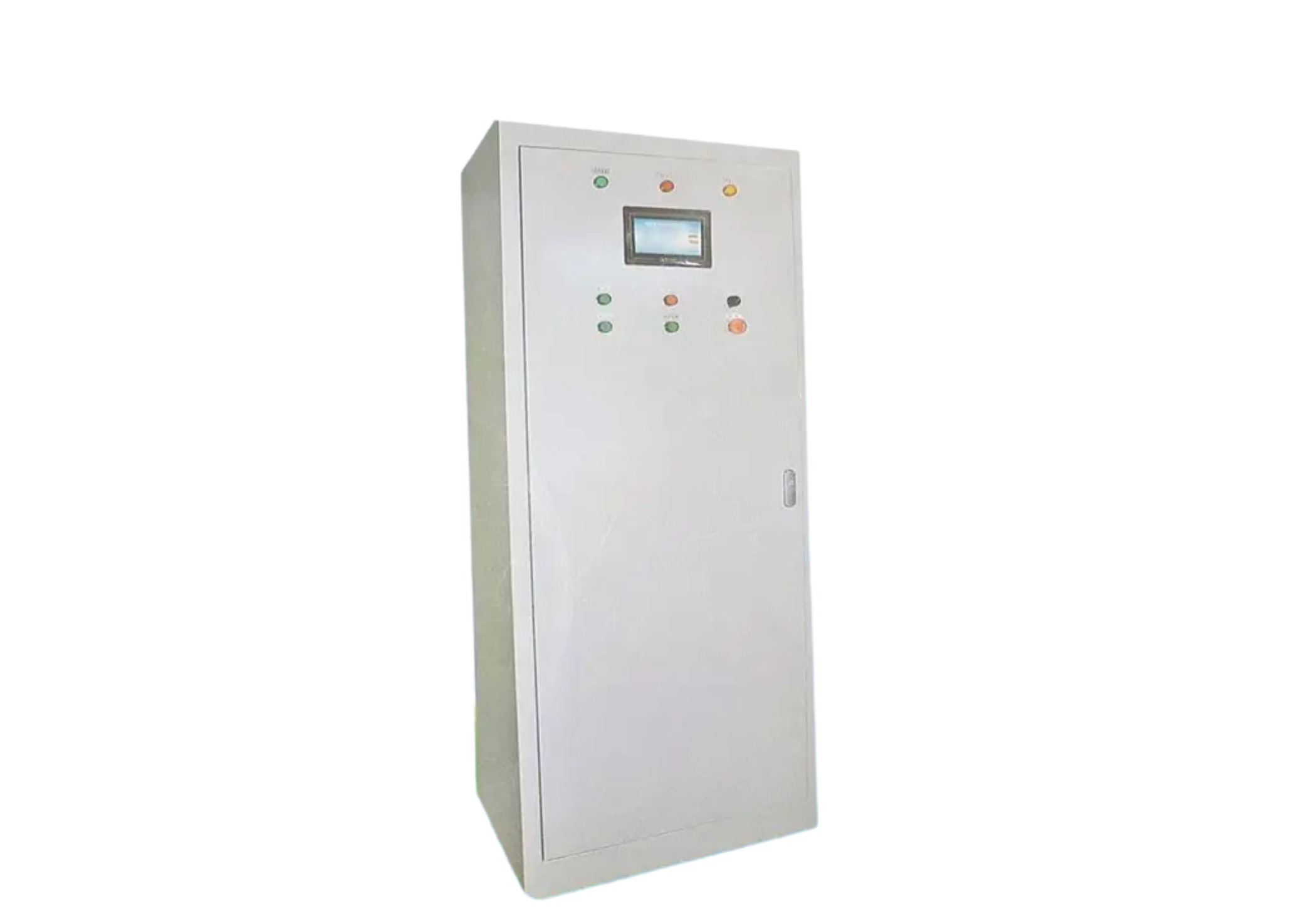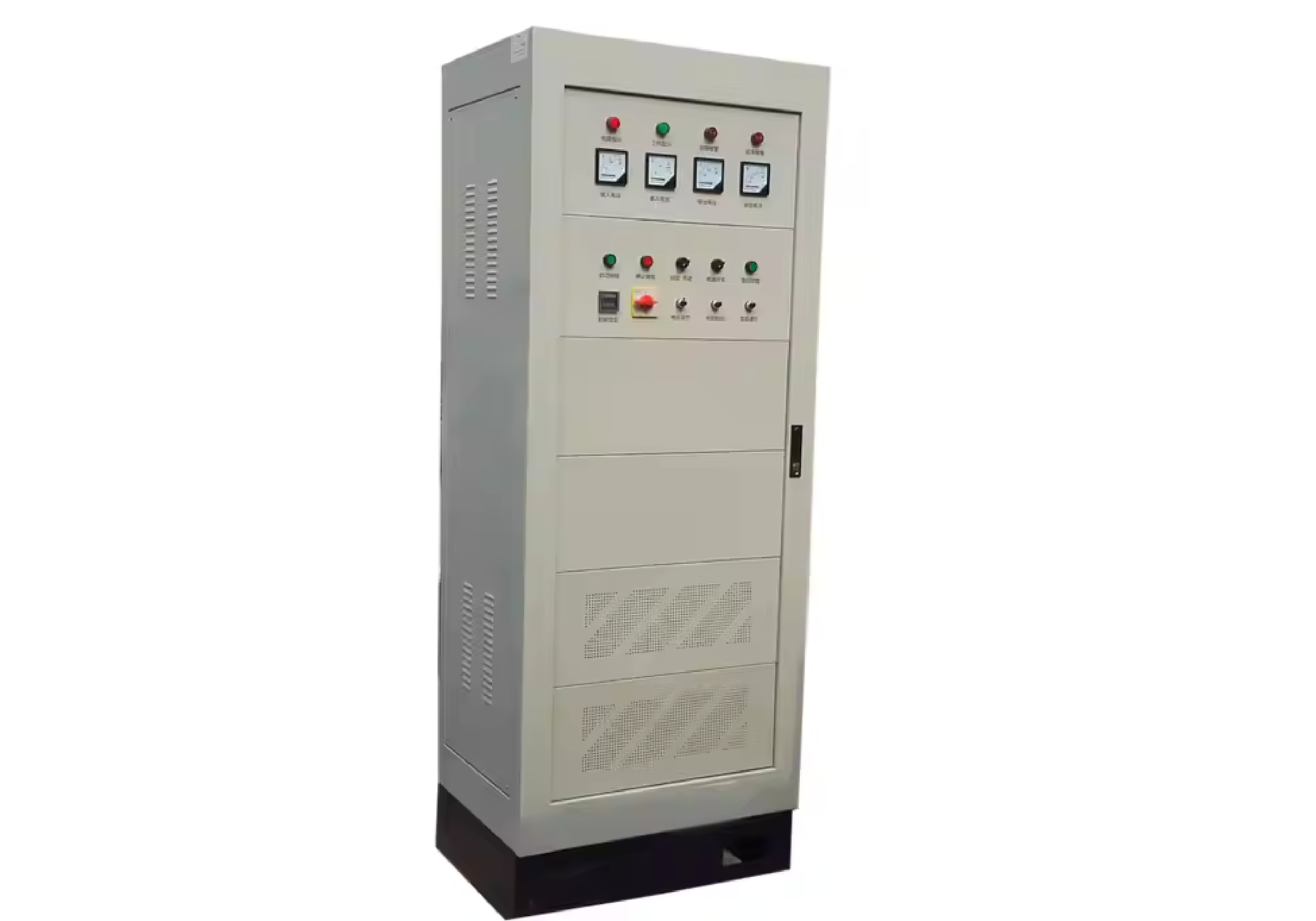Technical Troubleshooting of Dual Thyristor Modules in Solar Inverter and Servo Drive Systems
Introduction
In renewable energy systems like solar inverters and high-precision servo drive environments, reliability and power efficiency are key performance metrics. At the core of these systems lie dual thyristor modules engineered for industrial phase control, High surge current capability, and low on‑state voltage. Advanced features like double-side cooling further enhance thermal management. However, their sophistication also necessitates targeted technical support and precise troubleshooting methodologies.
Common Failures in Inverter and Servo Applications
In solar inverter installations, high-frequency switching and rapid changes in input load can stress power modules. Similarly, in servo drive systems where feedback loops are tightly controlled, even minor delays or distortions in signal processing can disrupt module behavior.
Common failure indicators include:
Gate triggering inconsistencies in high-speed control.
Overheating from insufficient double-side cooling application.
Loss of conduction due to thermal fatigue, particularly when High surge current events occur repeatedly.
Thermal Management and Cooling Protocols
Double-side cooling is now a standard for high-power thyristor modules. It ensures both surfaces dissipate heat through matched cold plates or heat sinks. However, this also introduces installation risks:
Misaligned mounting plates can impair cooling and cause thermal runaway.
Thermal interface materials must be applied consistently across both surfaces.
For both solar inverter and servo drive applications, support engineers should verify:
Heat sink contact pressure (using sensors or shim gauges).
Proper heat spreading across both faces during thermal cycling.
Signs of temperature gradients which may affect low on‑state voltage stability.
Signal Synchronization and Control Precision
Industrial phase control in inverters and servo drives demands precise signal matching. Variability in firing angles or gate delay can trigger unwanted effects like:
Phase ripple, affecting inverter waveforms.
Positional error in servo motors due to timing drift.
To troubleshoot this, engineers should:
Use digital oscilloscopes to trace gate signals.
Compare real-time current response to load instructions.
Inspect feedback circuit integrity to prevent misfiring during High surge current transitions.
Any deviation from expected behavior should prompt inspection of thyristor module inputs and gate pulse duration.
Preventative Support Recommendations
Preventative support focuses on stability and proactive monitoring. Recommendations include:
Periodic inspection of thermal interface material in double-side cooling modules.
Firmware updates on solar inverter control boards to improve pulse accuracy.
Gate pulse width modulation tuning in servo drive systems.
In systems handling frequent High surge current events (e.g., when transitioning between grid and battery inverters), load smoothing circuits should be implemented to protect dual thyristor modules from repeated stress.
Conclusion
For field support teams and technical engineers, understanding the dual challenges of heat and control signal management is critical when servicing dual thyristor modules in modern power electronics. Whether it’s in a solar inverter, servo drive, or any industrial phase control setting, a combination of rigorous testing, informed diagnostics, and standardized preventative practices ensures sustained system performance and module longevity.






